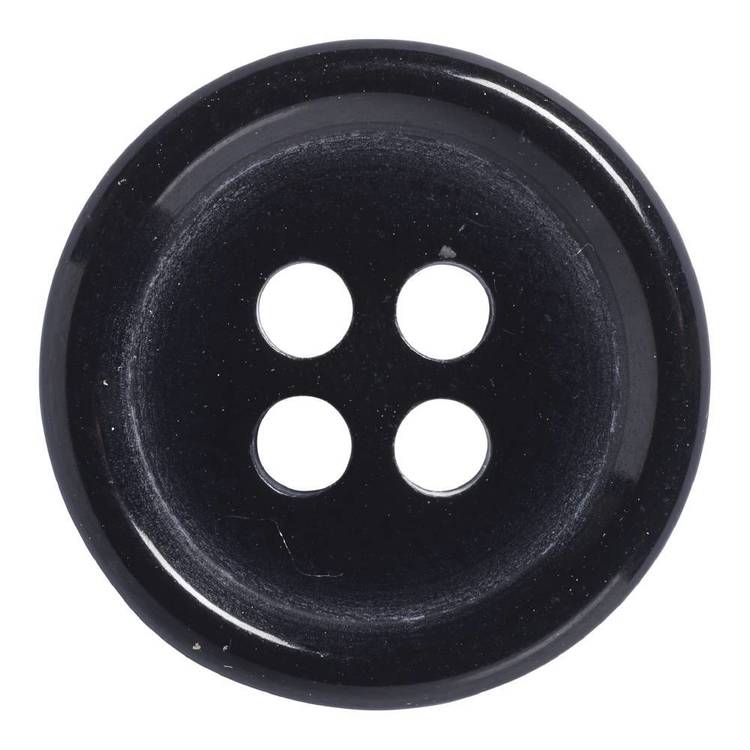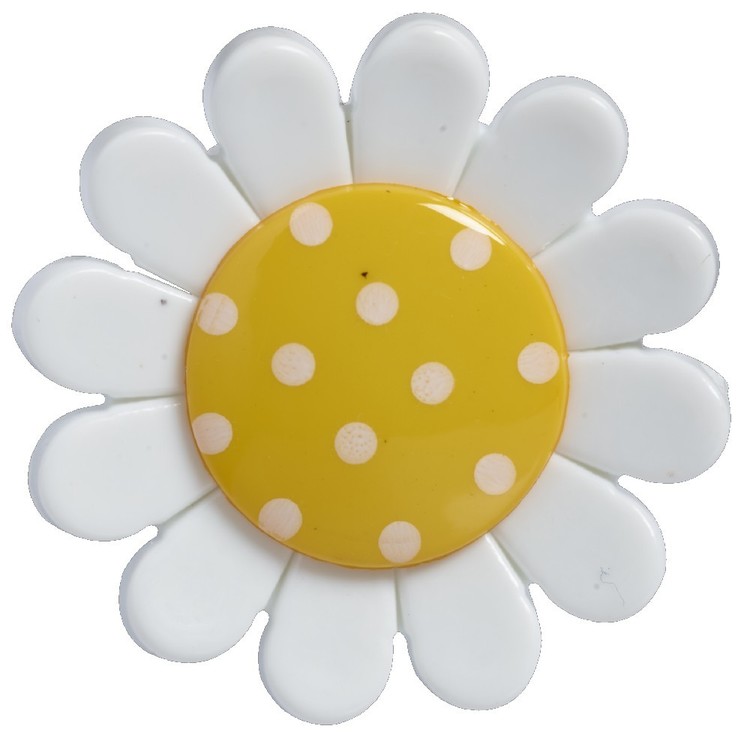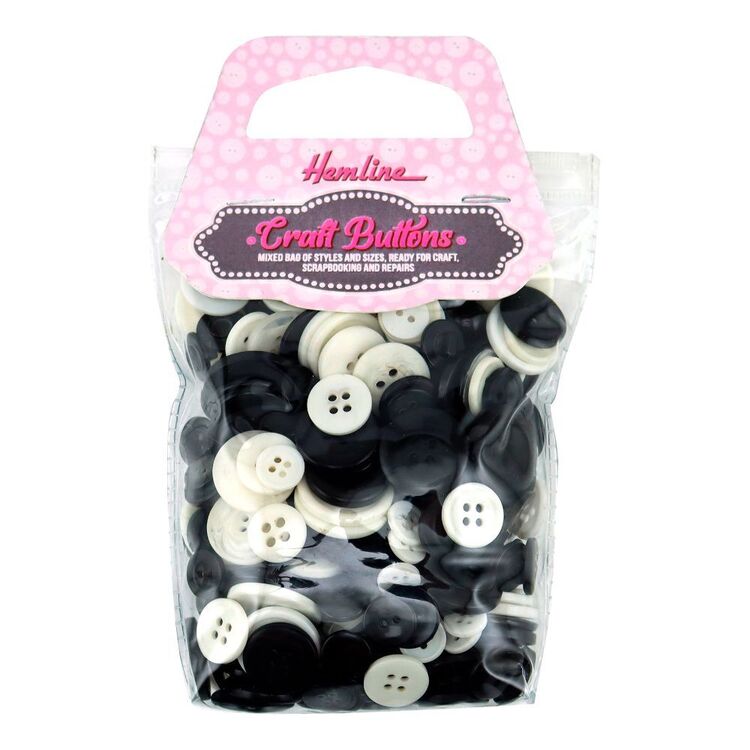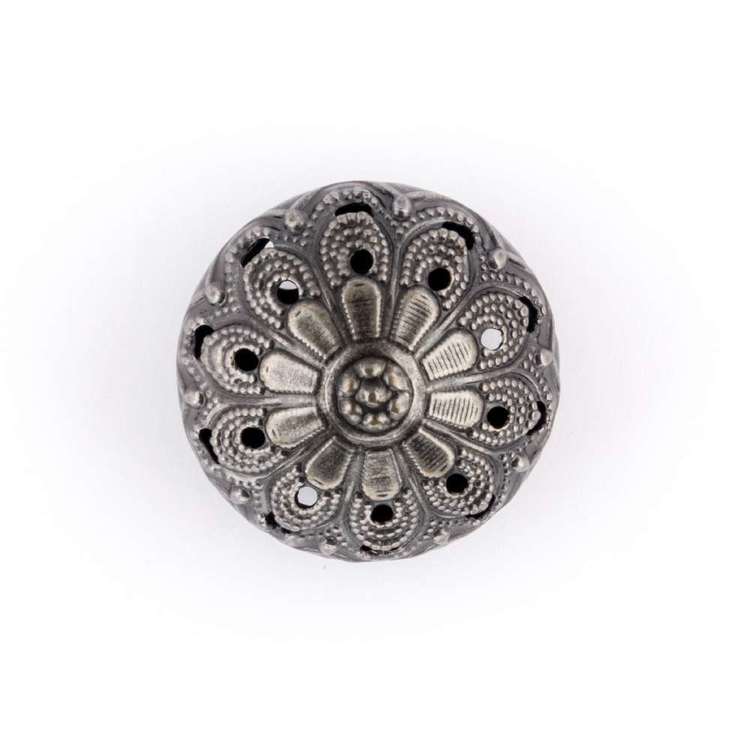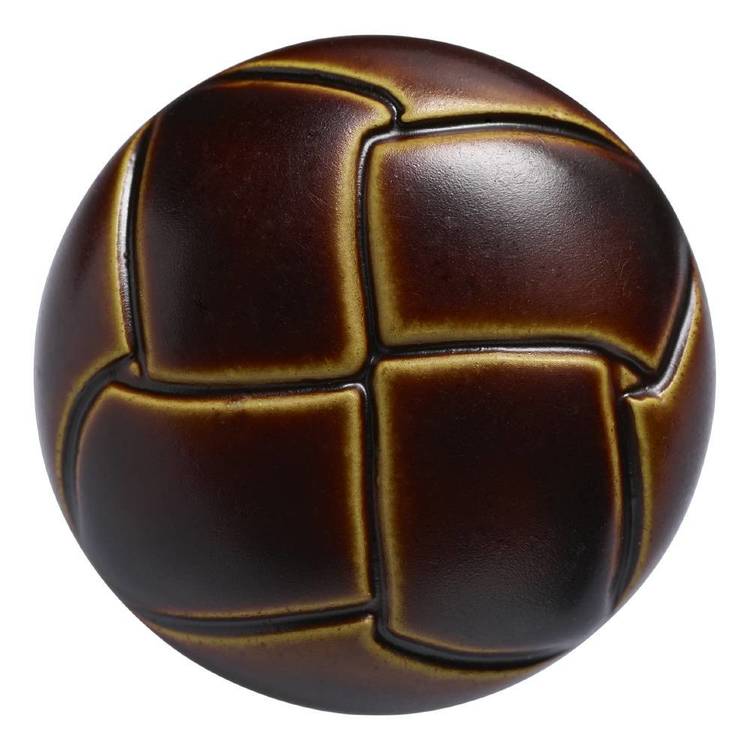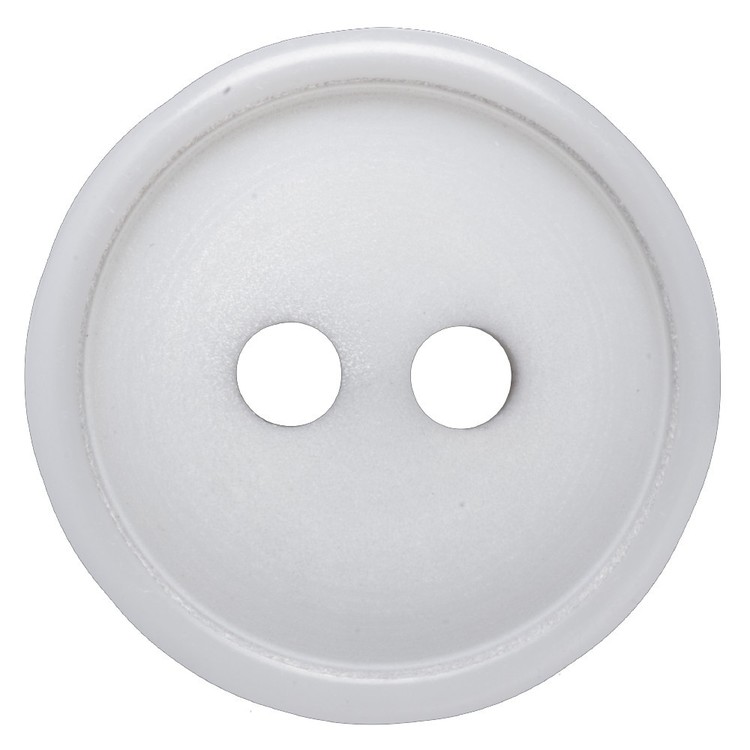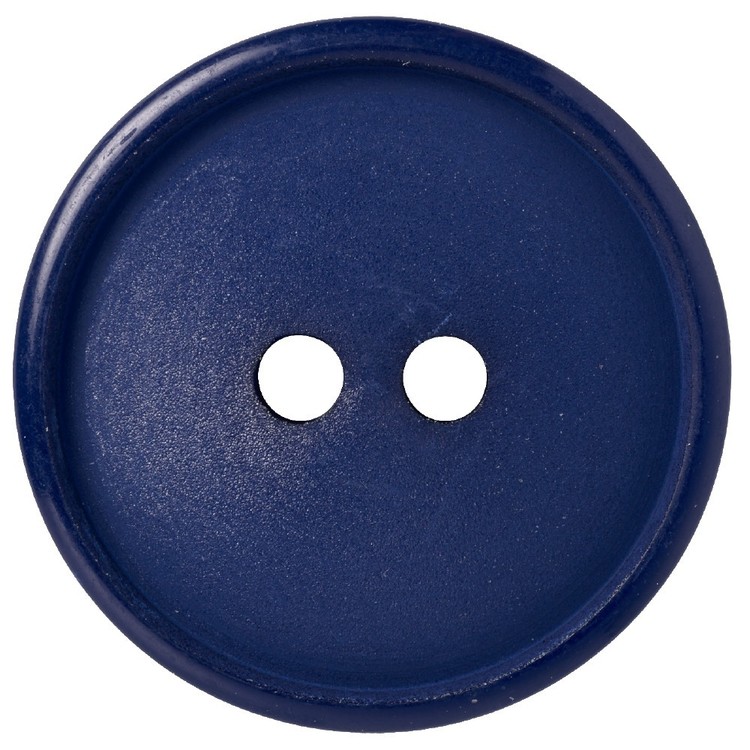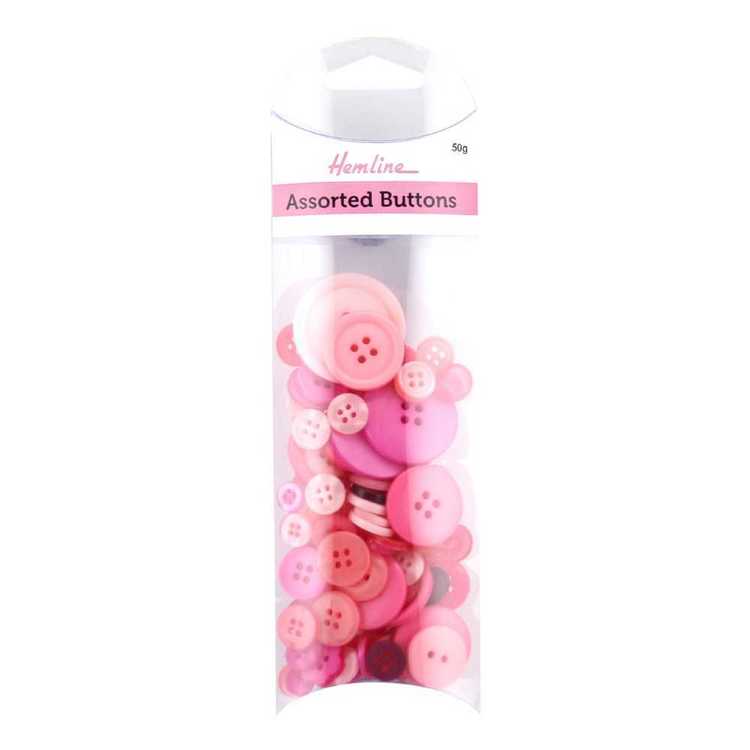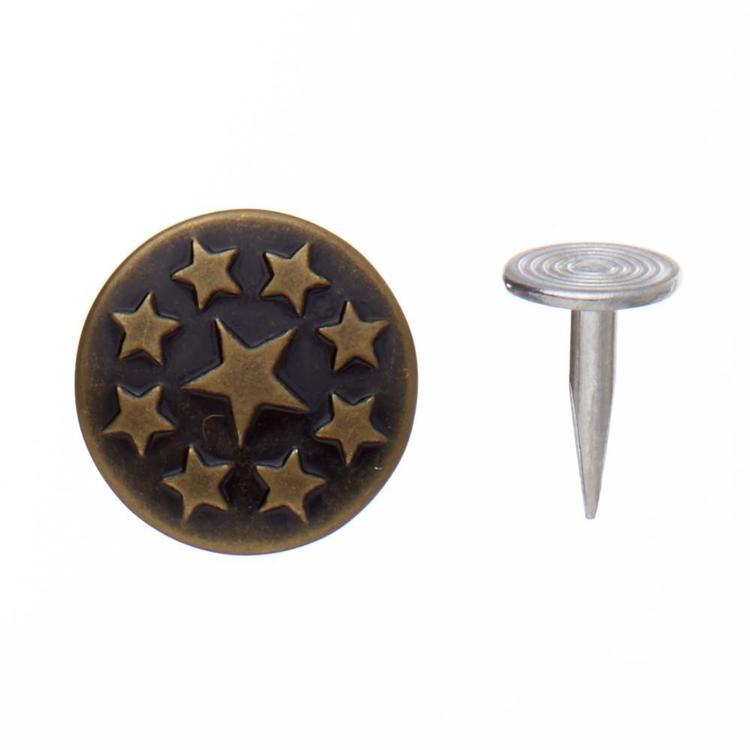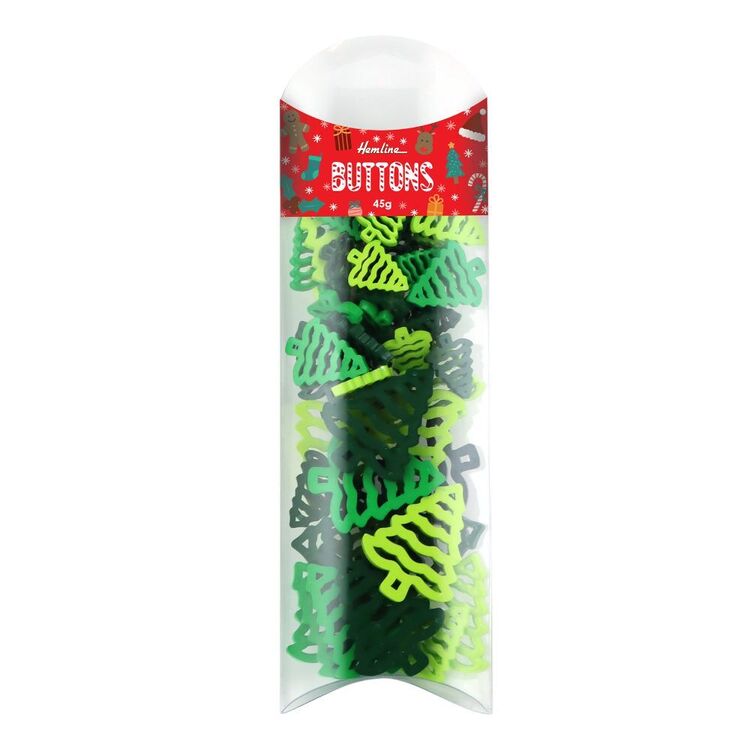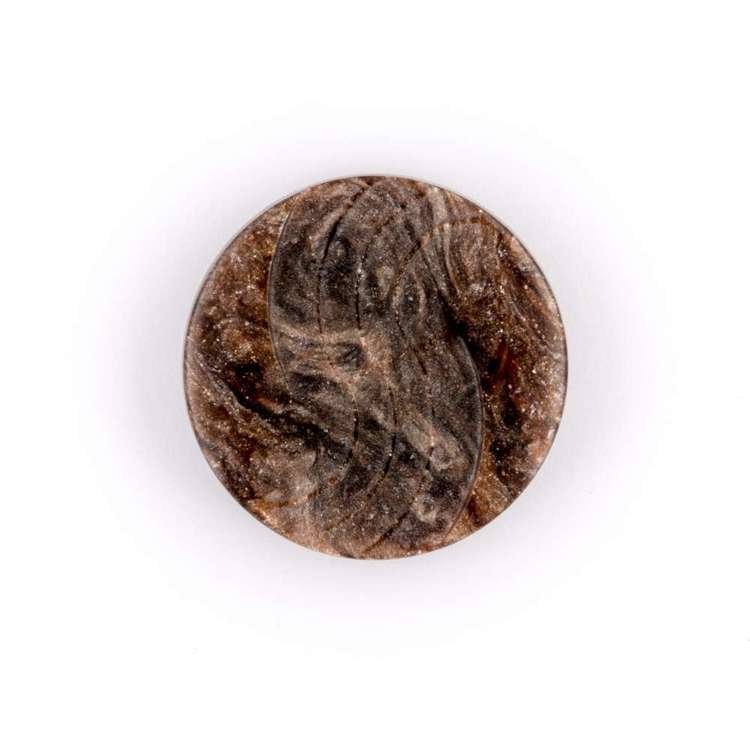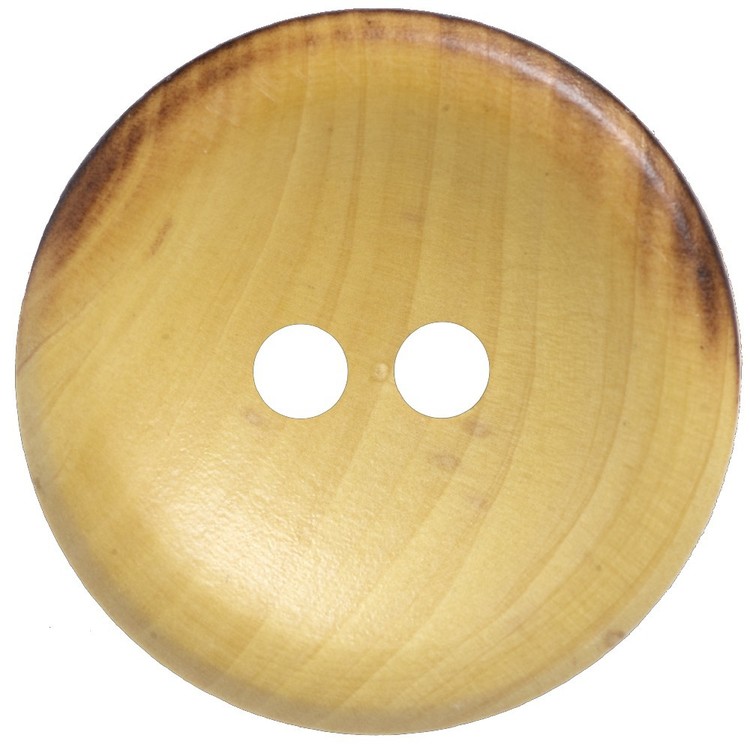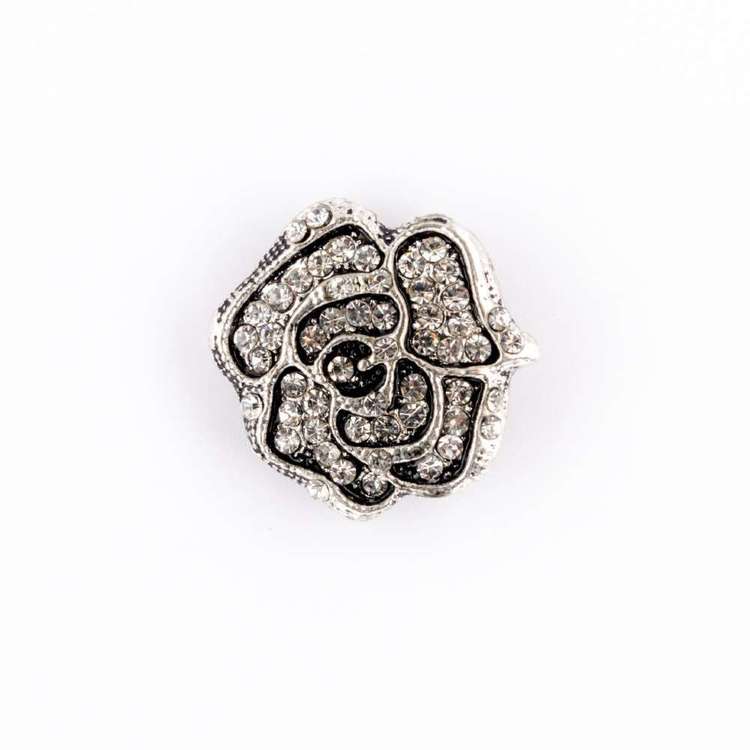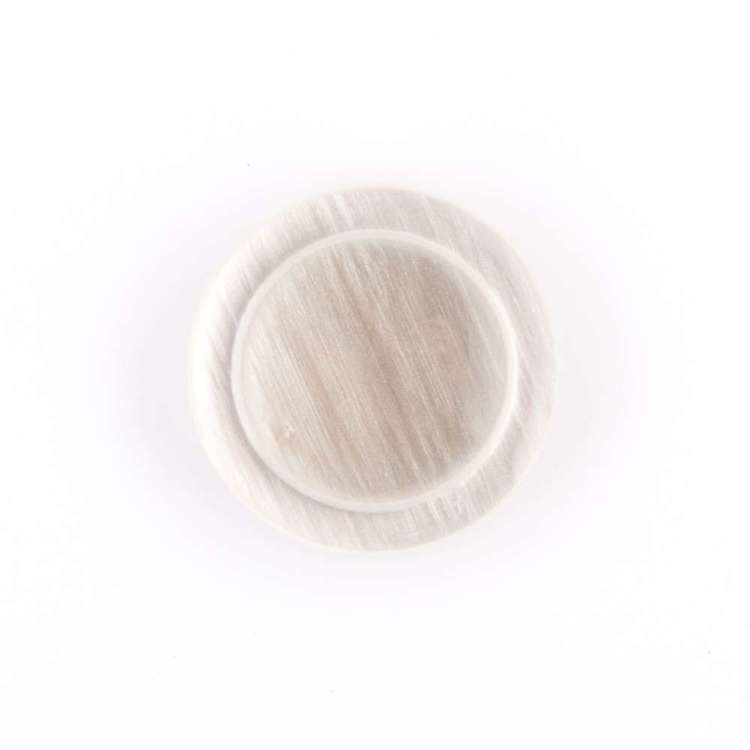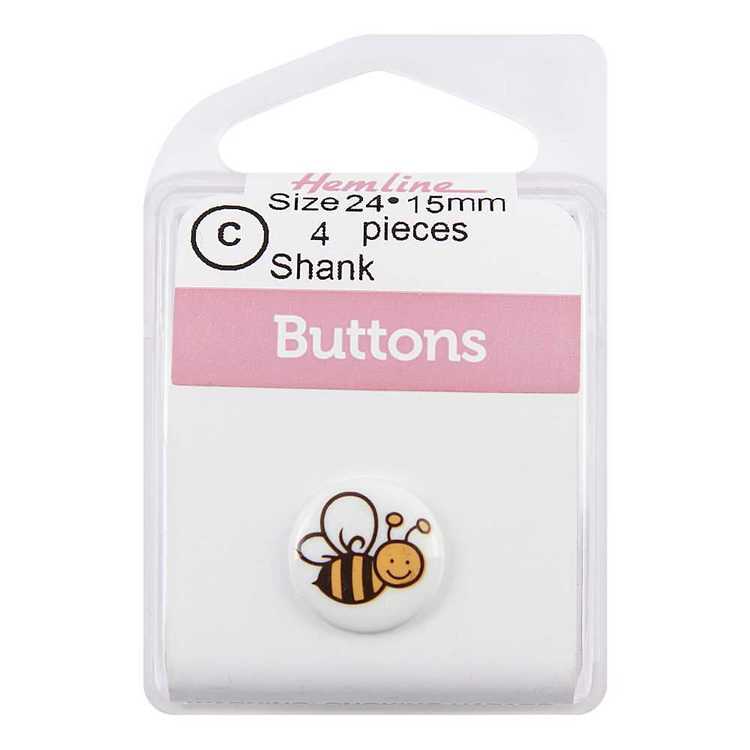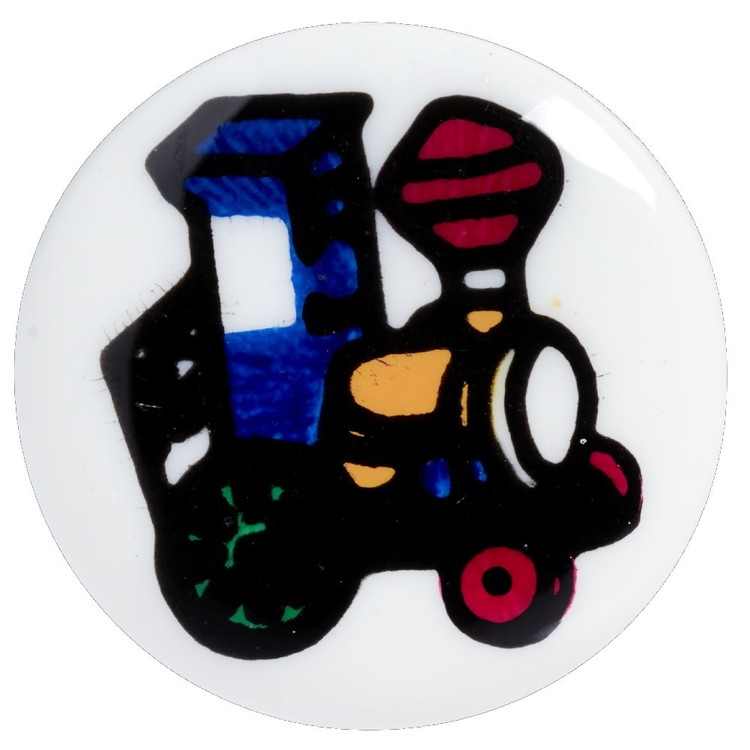 | ||
| Your browser is not supported. | ||
|
Please browse our site using any of the following options:
| ||
Buttons
At Spotlight, we have hundreds of buttons to choose from, in a wide range of colours, sizes and styles. Whether you are looking for something traditional and straightforward, or buttons that make a statement, complete your project with this fabulous selection. With both single and multi-pack buttons available, as well as a variety of different types of buttons, discover our outstanding selection of the finest buttons at Spotlight's unbeatable prices.
394 items found.
Find the Perfect Buttons for Fashion & Craft Projects at Spotlight
Buttons and buttonholes are one of the oldest ways of fastening clothing and accessories. At Spotlight, we have a huge selection of different buttons available in a massive variety of styles, colours, shapes and designs. Whether you're looking for a simple white button to fix a school shirt, decorative buttons for a kid's outfit or fashion clasps to adorn your favourite shawl, you're sure to find the perfect button in our range! Spotlight also stocks self-cover buttons and button-covering kits so you can create perfectly matched fabric-covered buttons for your garments or craft creations.
What Are The Different Styles & Shapes Of Buttons?
- Flat buttons: One of the most common buttons used by crafters and sewists is the flat button. As the name suggests, they are flat in shape and come with two or four holes in the centre that make them easy to sew onto your fabric.
- Shank buttons: This type of button has a stem or shank at the back, through which thread is sewn to secure the button to your project. Often slightly domed, shank buttons require a slightly larger buttonhole and are typically used on jackets and coats fabricated from bulkier materials or to finish hand-knitted projects.
- Toggle buttons: Easily recognised by their unique look, toggles are traditionally made from wood and are characterised by a long, skinny appearance with a slightly rounded finish. The centre of the button contains two holes and can be fastened either through a buttonhole or through a loop of cord or leather.
- Stud buttons or jean buttons: Stud buttons are secured through fabric using a sharp pin or stud through the reverse. They're commonly found on denim jackets or used to fasten jeans.
- Fashion & novelty buttons: At Spotlight, you can find a whole variety of novel button designs across the range of flat, shank and toggle styles. You can find heart and flower-shaped buttons, animal designs, mother of pearl buttons and even diamante-covered clasps.
Haberdashery Buttons FAQs
How to sew a button
Whether you're sewing a flat button or a shank button, you will need:
- Hand sewing needle
- Good quality sewing thread
- Dressmaker's pencil
- Thread snips or small scissors
For sewing on any style of button, start by threading your needle and tying a couple of knots at the end. Allow yourself around 20 cm of length (doubled over) to comfortably sew the button in place.
Sewing a flat (2-hole) button
- Place the button in the correct position on the fabric, and use your pencil to mark inside the holes so you know where to sew.
- Push the threaded needle through the reverse of the fabric so it goes through one of your markings, and place your button in position. Then, pass the needle through one of the holes in the button, over the top of the button, through the second buttonhole, and finally through the second marking on your fabric. The button will now be anchored in place.
- Continue to sew through the back of the fabric and buttonholes 8 to 10 times. You don't have to pull the thread super tightly, as you want a small amount of slack to ensure it's easy to fasten your button once done.
- Push the needle through the back of the fabric once more, but don't pass it through either of the button holes. You can now carefully wind the thread 3 to 4 times around the stitches securing the button. Then, push the needle back through the fabric, and knot off the thread through your stitches.
Note: Follow the same steps for four-hole buttons, sewing through the holes to create two parallel lines of stitches (not a cross shape).
Sewing a shank button
- Position your button and use your pencil to mark the right side of the fabric at the base of the shank.
- Push the needle through the reverse of the fabric so it goes through the marking. Then, pass the needle through the hole in the shank and back through the fabric. The button will now be anchored in place.
- Continue to sew through the fabric and shank 8 to 10 times.
- Push the needle through the back of the fabric once more and knot off the thread through your stitches on the reverse.
How to cover buttons
You can create your own fabric-covered buttons using self-covering buttons or button-covering kits. Covered buttons are always shank-style buttons, as this allows the fabric you're using to become the button's feature. Buttons designed to be covered are supplied in two pieces - top and shank backing - and sometimes kits come with tools to assist in the covering process. You will need a small circle of fabric, which is then used to cover the top of the button. The excess fabric is gathered or pushed around the back, and the second part of the button (shank) snaps in place to secure it all neatly.
What are some different ways I can use buttons in my projects?
Clothing aside, buttons make great eyes for soft toys, decorations on cushions, or even as beads for jewellery. You can discover magnetic bag buttons in Spotlight's range as well, which are specially designed to snap purses and bags closed while adding a professional finish to your projects.
What Else Can I Find In Spotlight's Haberdashery Range?
If buttons aren't the right type of closure for your creations, you can also check out our selection of fasteners which includes eyelets, press studs, hook & eye closures, buckles, snap fasteners, trouser hook & bar closures and more! You can also discover the following haberdashery ranges for everything you need to complete your sewing creations:
- Sewing Threads
- Needles & Pins
- Bias Binding
- Elastics
- Hook & Loop (including Velcro®)
- Zips
Discover All Your Sewing & Haberdashery Needs at Spotlight
Whether you're doing simple garment repairs or creating an elaborate cosplay outfit, Spotlight has everything you need for all your DIY sewing projects. Discover sewing machines & overlockers, scissors, haberdashery, and of course, a huge range of fabric by the metre. We also have a great selection of free sewing projects online, and informative buying guides including how to choose the right needle and choosing dressmaking tools. You can further your creative journey with our exciting in-store classes and demonstrations that cater to beginner and experienced sewists alike. And be sure to sign up as a VIP too for exclusive offers, events, early sales alerts and membership discounts including 10% off paper sewing patterns!




